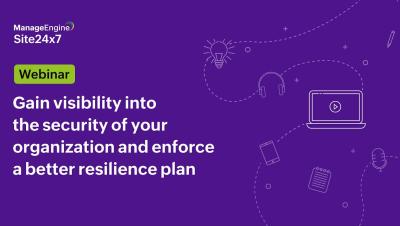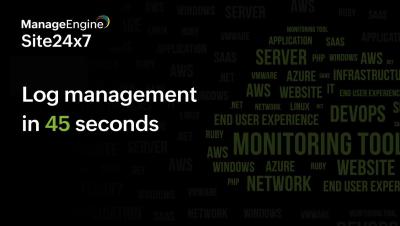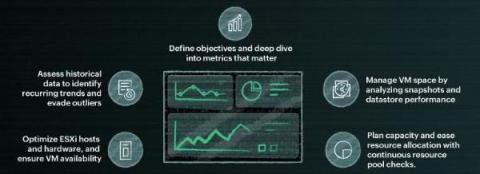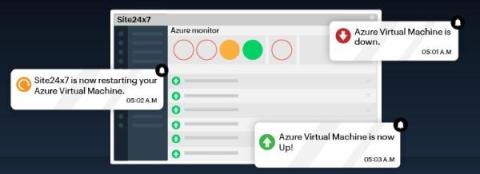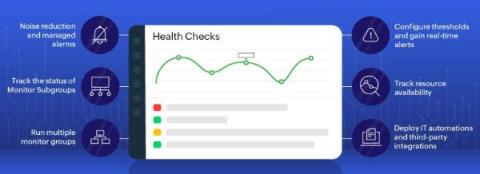Operations | Monitoring | ITSM | DevOps | Cloud
Site24x7
Incident communication best practices for an elevated user experience
Downtime is unavoidable, and incidents happen. Organizations need to be rapid and transparent in communicating incidents with their customers. Lack of timely communication can jeopardize the entire incident management process and increase user frustration. This guide provides rich insights into what incident communication is, why it's important, and best practices for effective incident management. What is an incident, and why is incident communication important?
Nine tips for building an effective digital resilience strategy
Is your business ready to not only withstand but also thrive during digital disruptions? Today's business landscape heavily relies on digital technologies and online services. Digital resilience has become a critical concept to ensure business continuity and safeguard data.
[Webinar] End-to-end Azure observability: The complete essentials of Azure monitoring
Log management in 45 seconds
VMware performance monitoring: Importance, benefits, and best practices for optimal VMware performance
Virtualization involves creating multiple virtual instances on a single physical server, allowing for efficient utilization of hardware resources and isolation of workloads. Businesses prefer a virtual environment as it can be tailored to meet specific security and performance requirements, and it provides numerous customization. The concept of virtualization became accessible after the emergence of VMware, a cloud computing virtualization platform for hosting complex architecture effortlessly.
[Webinar] Optimize your critical workflows by managing multi-step synthetic transactions
Adding automation to monitoring: Azure troubleshooting simplified
The transition from traditional on-premises IT infrastructure to the public cloud has brought substantial relief to IT decision-makers and sysadmins. Since many organizations use Microsoft Windows as their preferred operating system, Microsoft Azure has become the public cloud provider of choice automatically owing to a familiar GUI and Active Directory sync.
[Webinar] Unified container visibility: Managing multi-cluster Kubernetes environments
6 ways to isolate performance issues in your monitors with Site24x7 Health Checks
Is it only us, or have you also felt that you cannot do much with just Monitor Group (MG)? If the feeling is mutual, we are on the same page. Your ops engineer might have felt that MG restricts the ability to perform IT automation. For an ops engineer, how easy it is to handle incidents depends on how frequently MG status alarms are received. Enter Site24x7 Health Checks.


